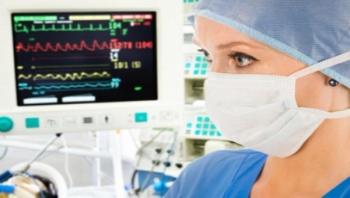
News







Scientists from the Helmholtz Zentrum München demonstrate that root extracts of the medicinal plant Pelargonium sidoides (PS) contain compounds that attack HIV-1 particles and prevent virus replication. A team spearheaded by Dr. Markus Helfer and Dr. Ruth Brack-Werner from the Institute of Virology and Dr. Philippe Schmitt-Kopplin from the Analytical BioGeoChemistry research unit (BGC) performed a detailed investigation of the effects of PS extracts on HIV-1 infection of cultured cells. They demonstrated that PS extracts protect blood and immune cells from infection by HIV-1, the most widespread type of HIV. PS extracts block attachment of virus particles to host cells and thus effectively prevent the virus from invading cells. Chemical analyses revealed that the antiviral effect of the PS extracts is mediated by polyphenols. Polyphenol mixtures isolated from PS extracts retain high anti-HIV-1 activity but are even less toxic for cells than the crude extract.





















